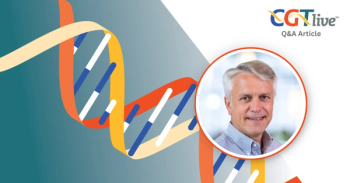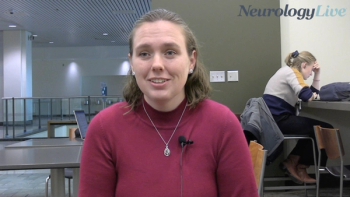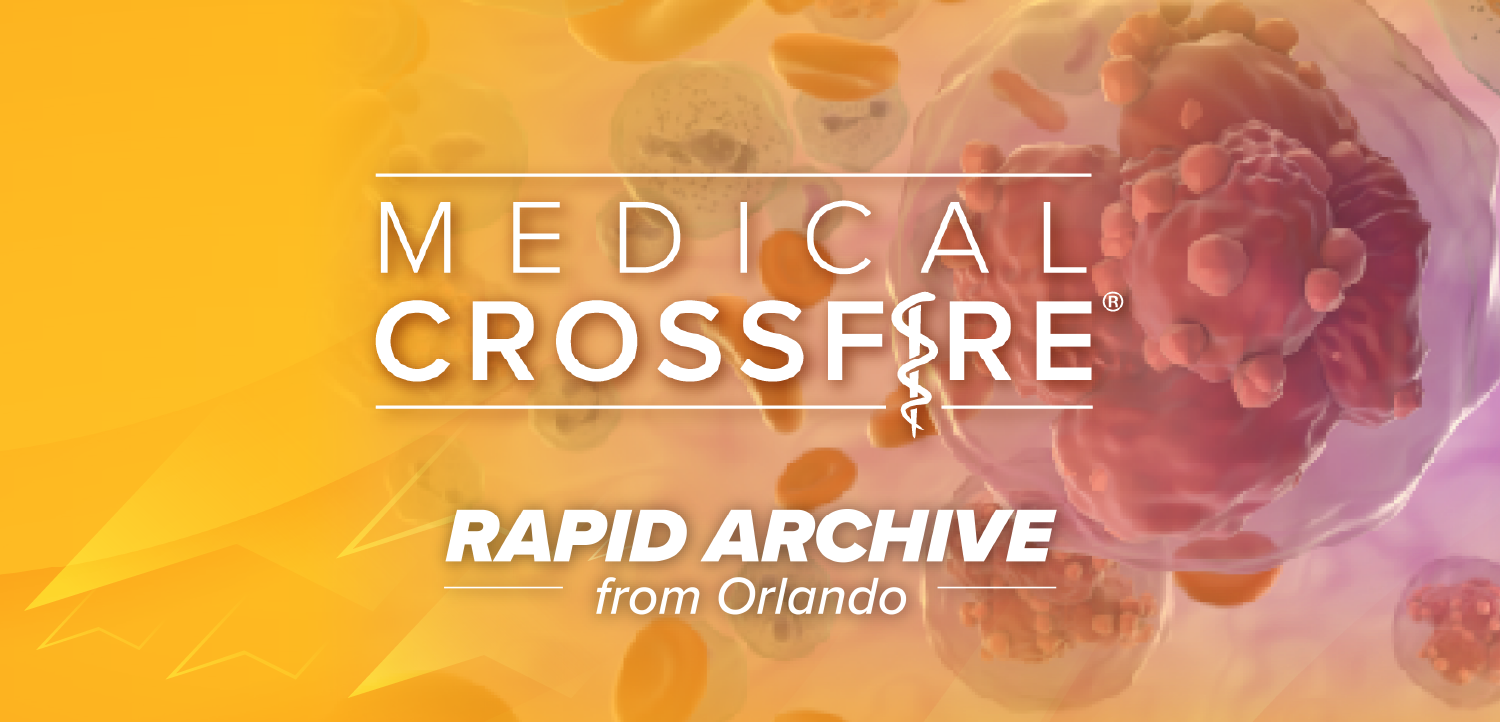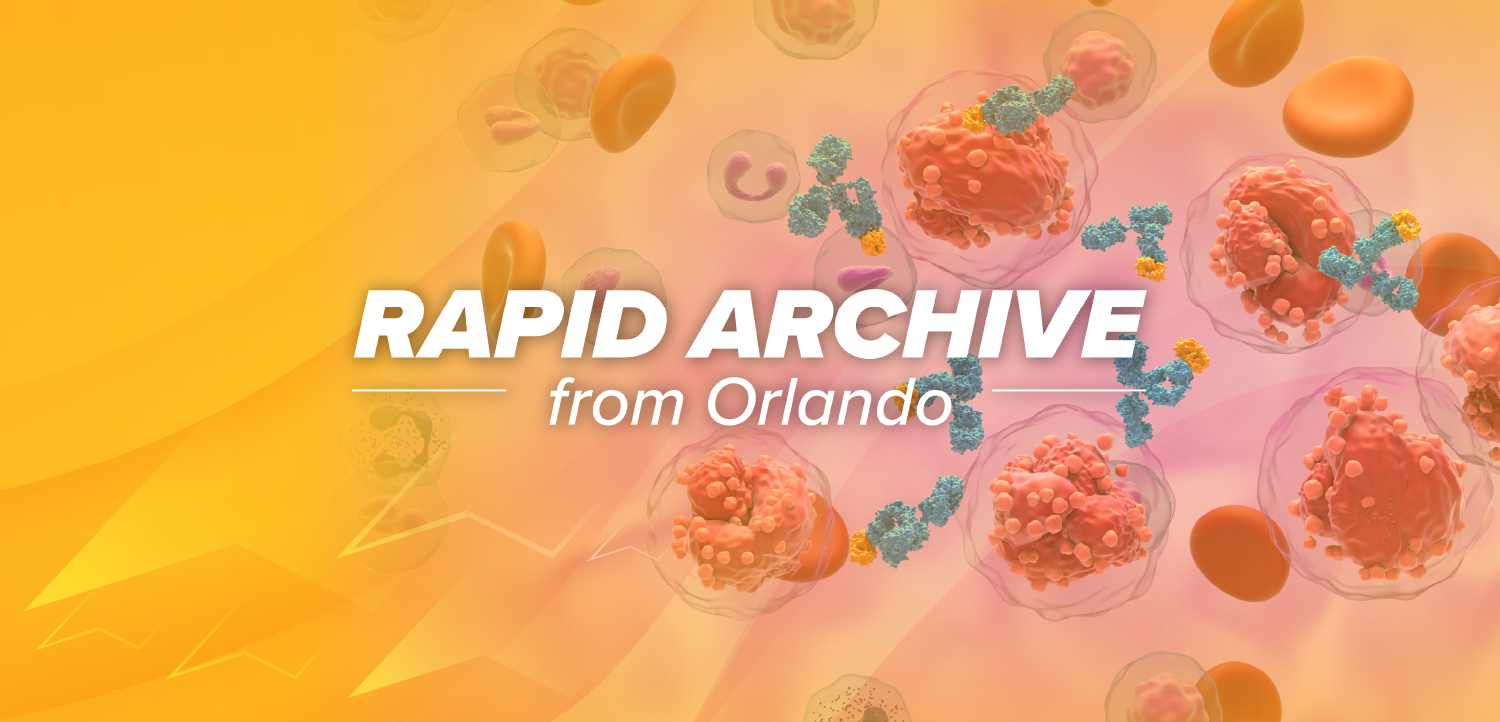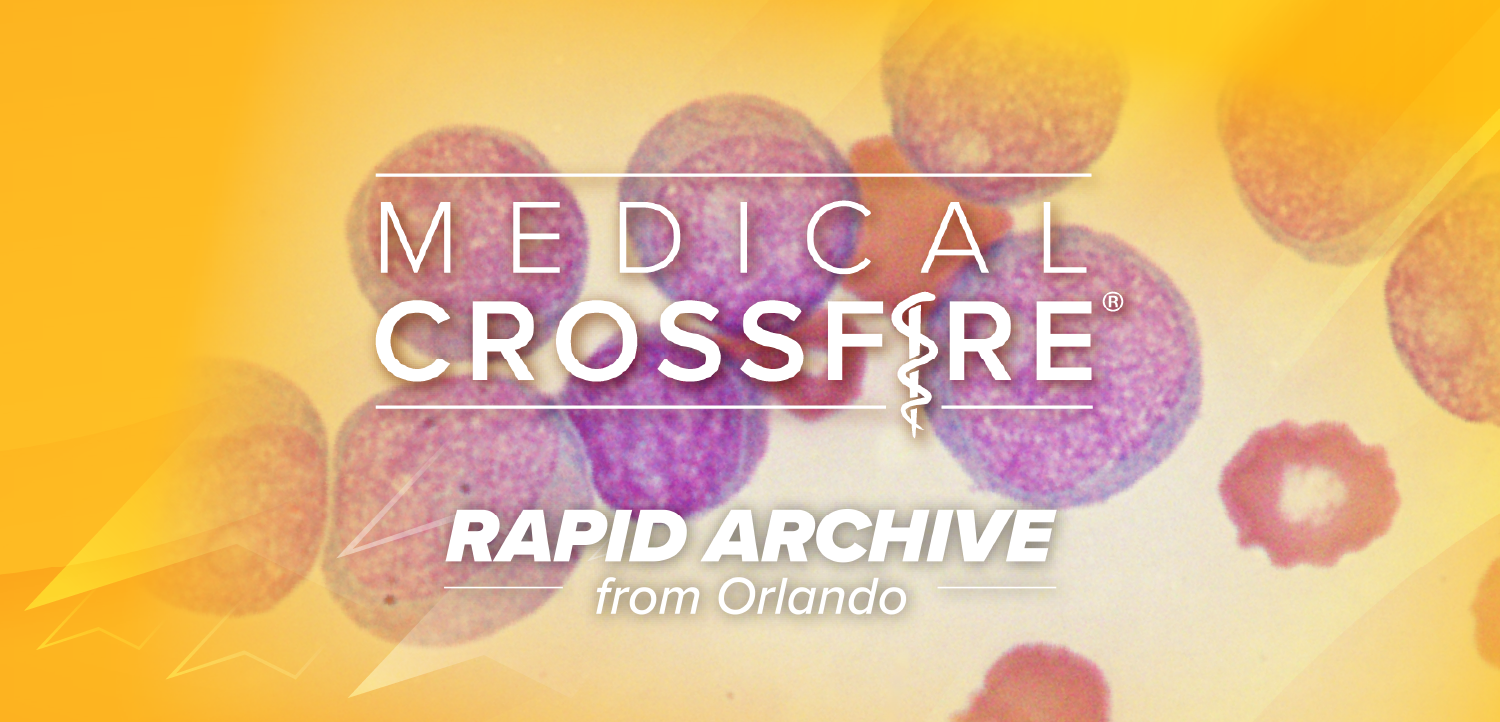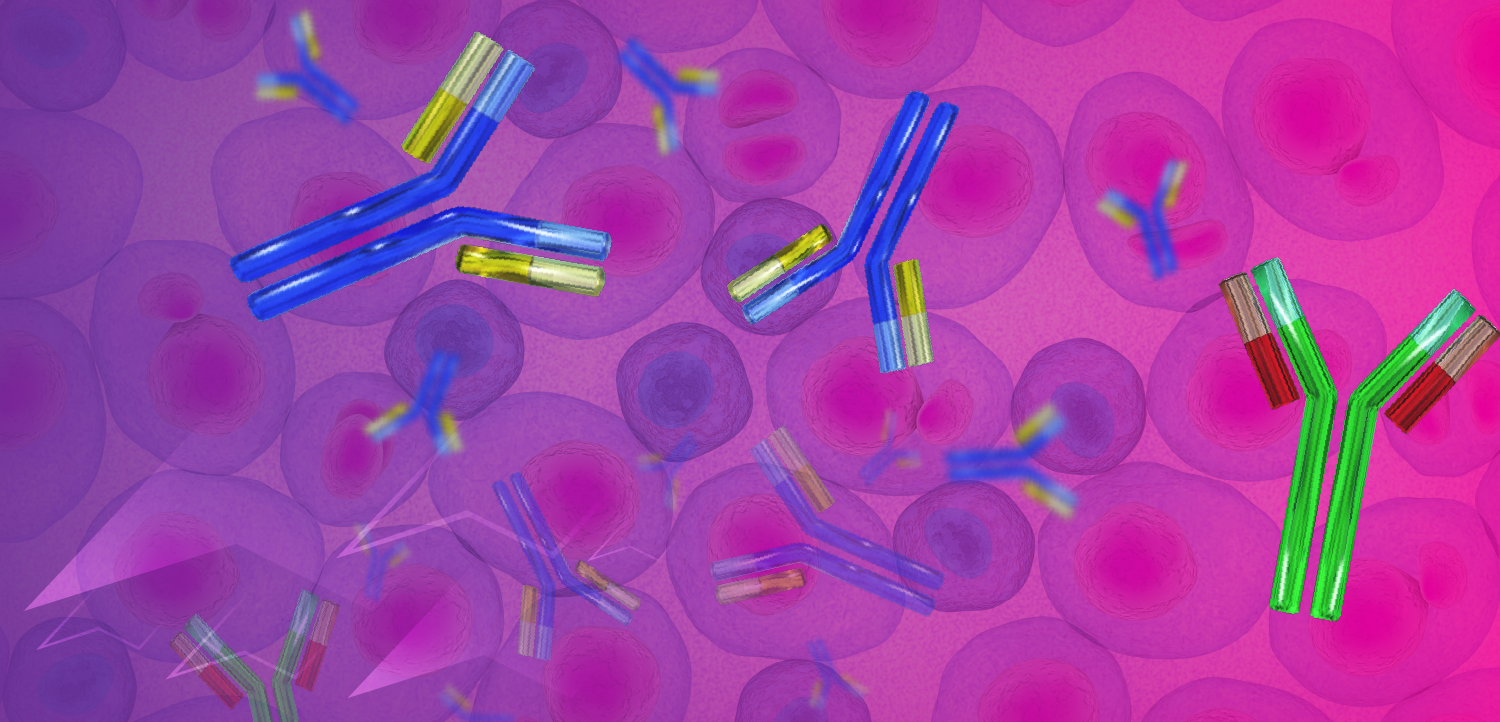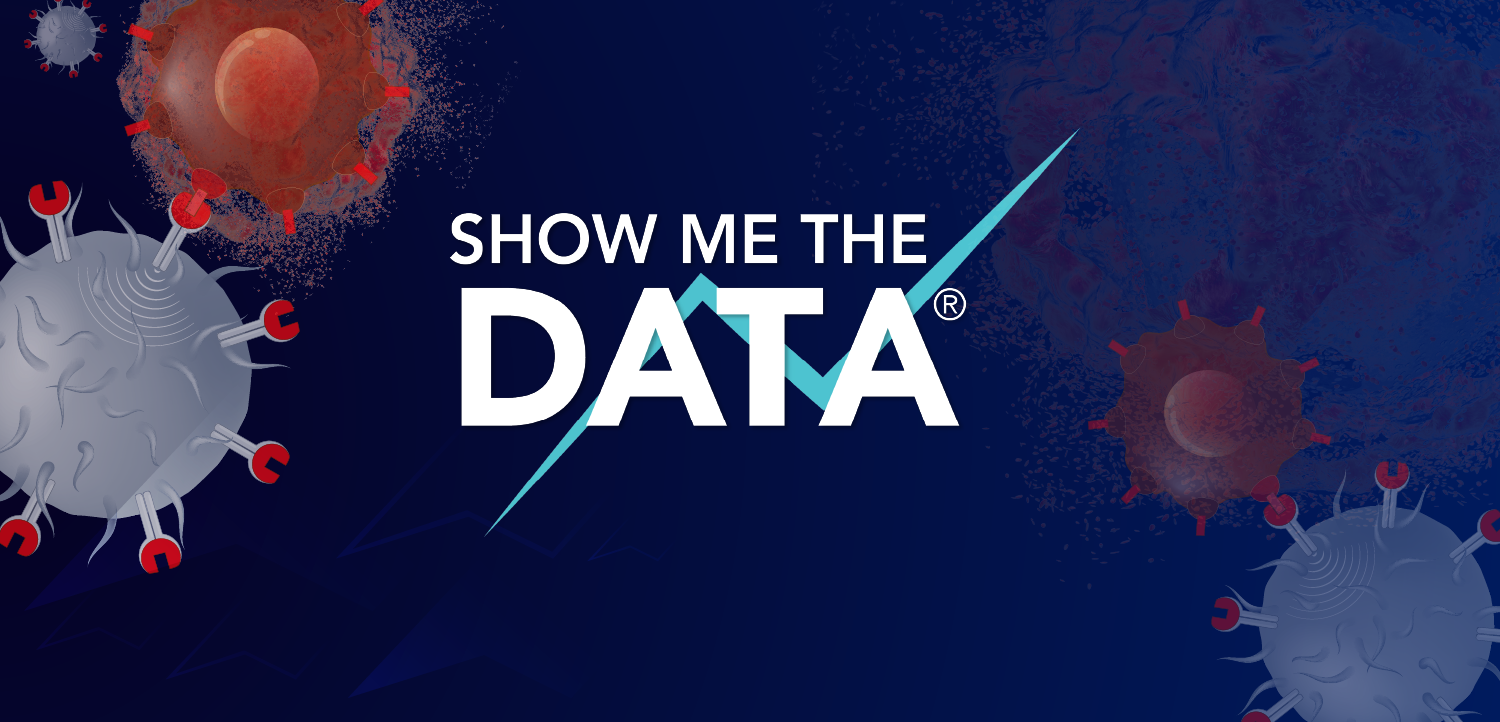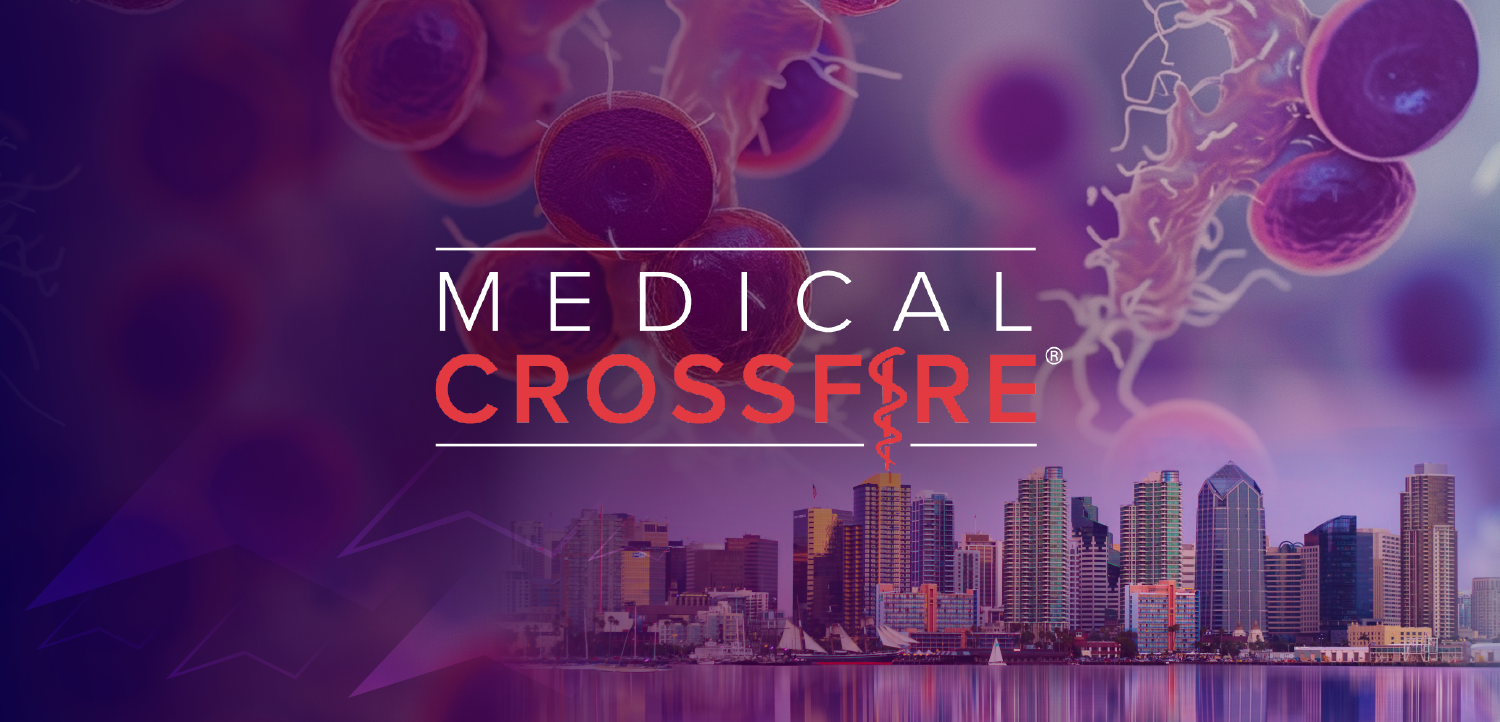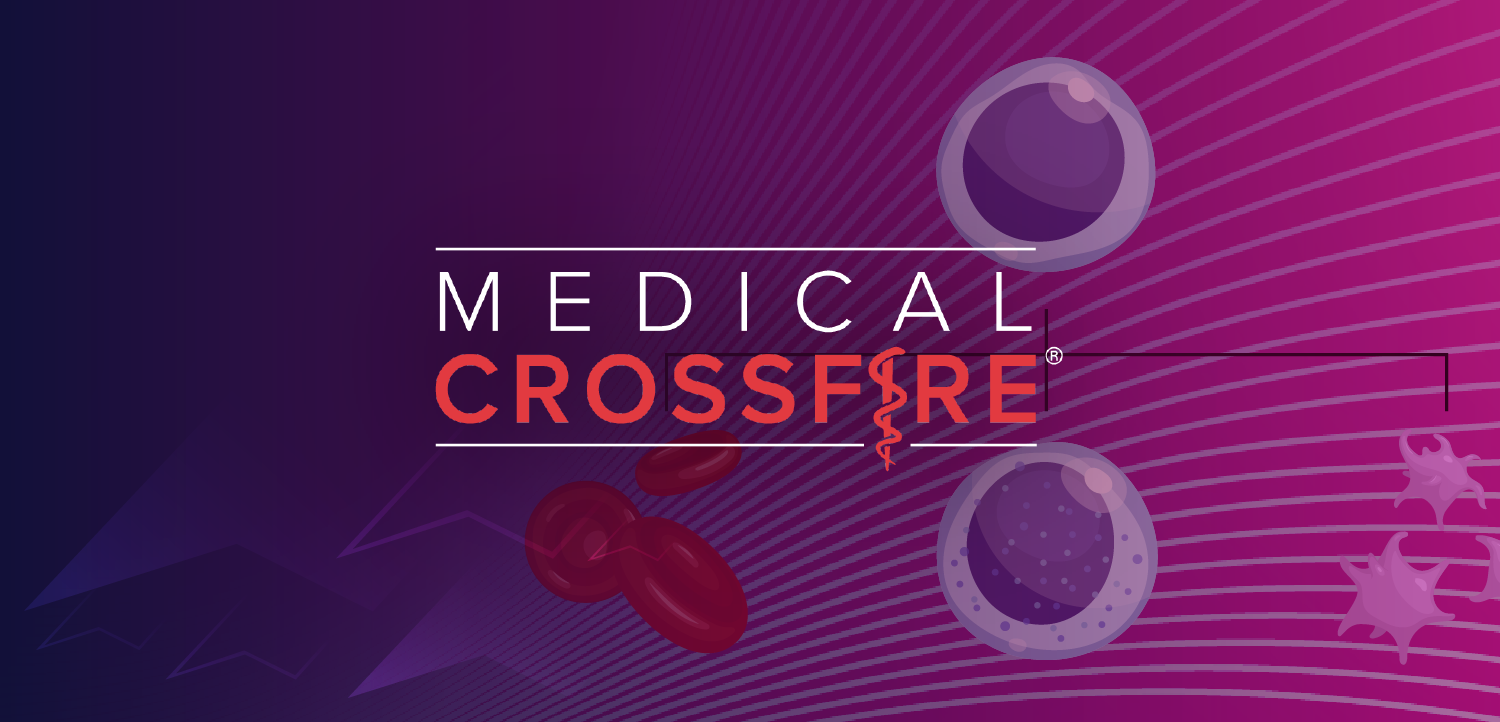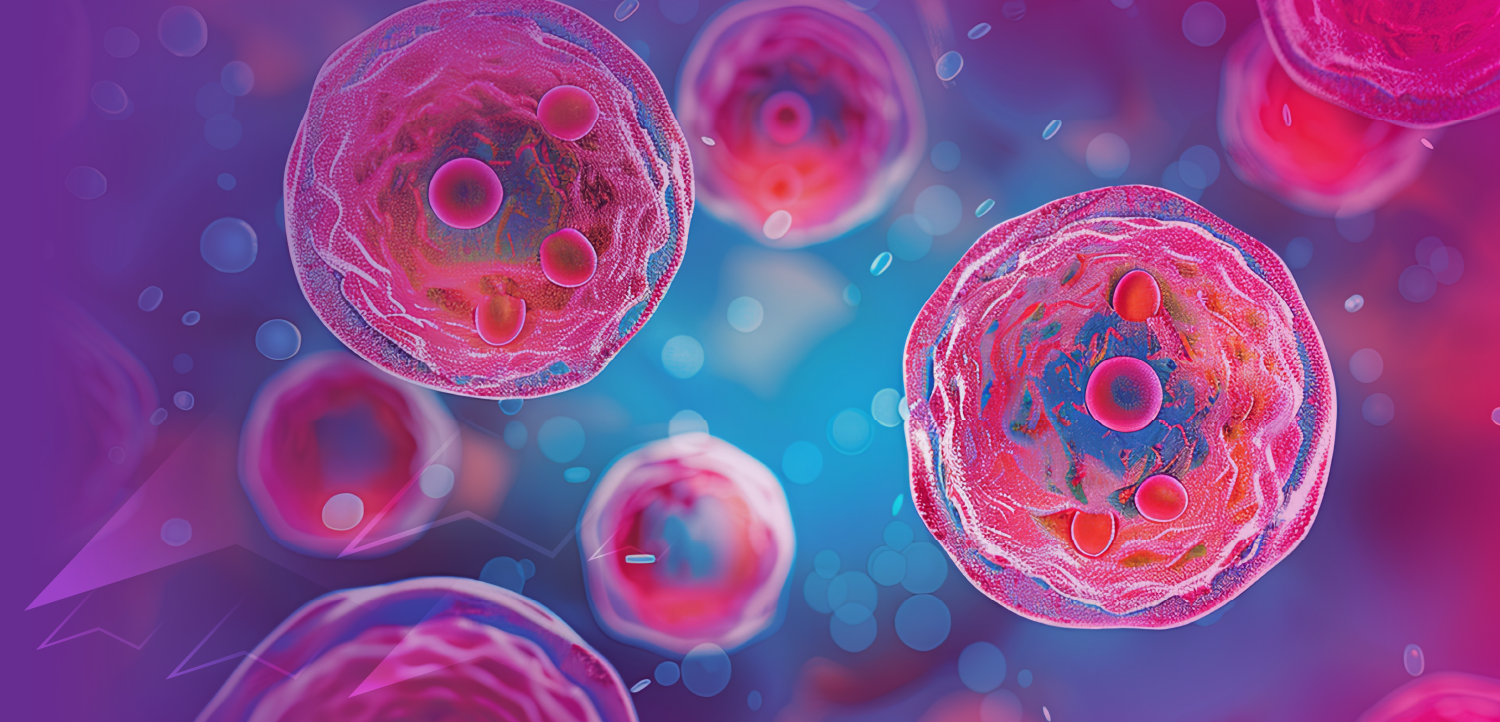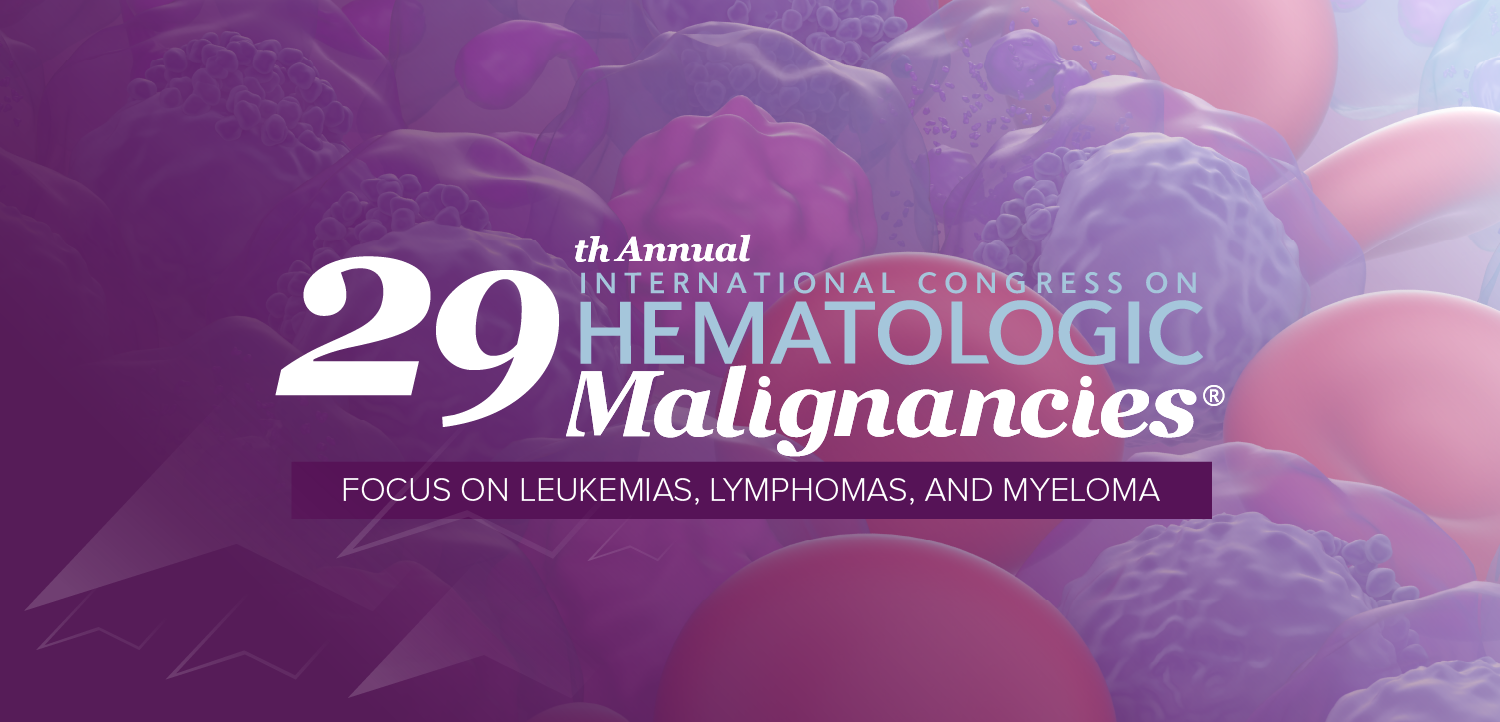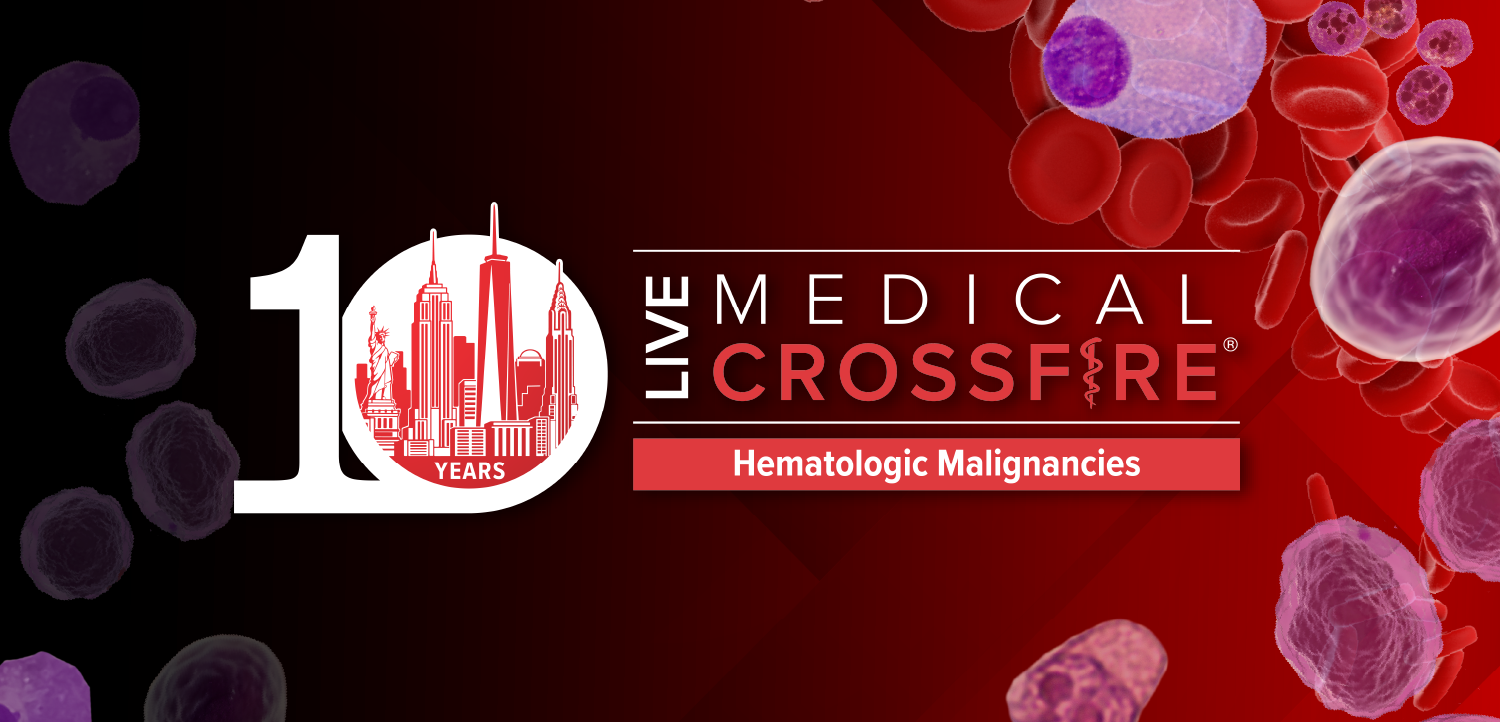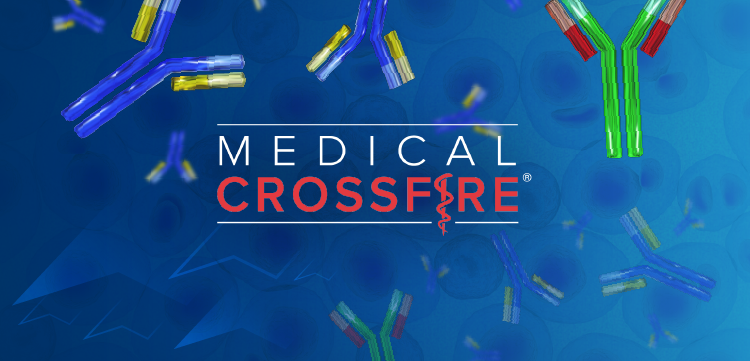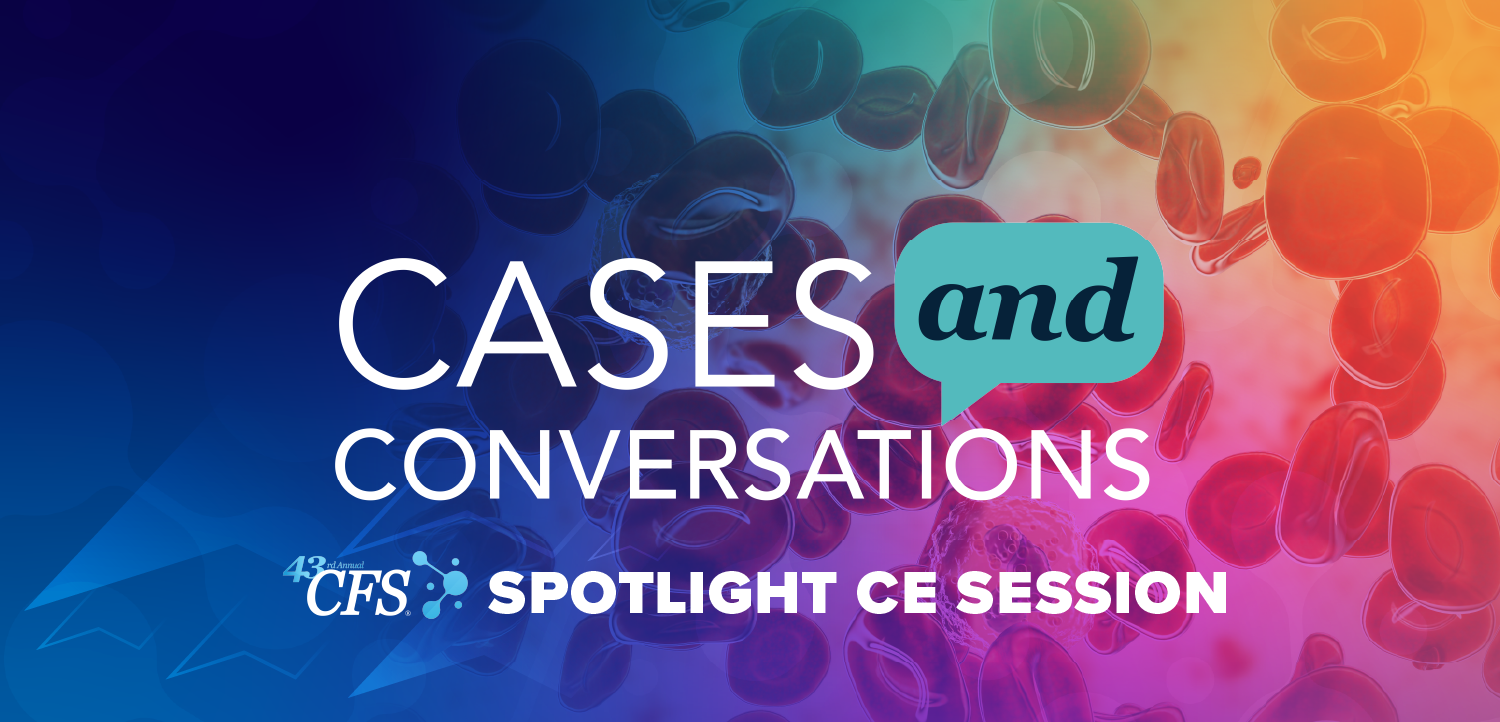
Deborah Phippard, PhD, on Designing Clinical Trials for Gene Therapies in Neurological Indications
The chief scientific officer of Precision for Medicine discussed the unique aspects of clinical trials for gene therapies that need to be considered before initiation.
“Bringing together all those disparate skills and different ways of looking at the problem are absolutely key to me when I think about a gene therapy clinical study... You can't have just one particular skill set, there are so many different things that have to come together.”
As more and more companies foray into the field of gene therapy, the process of developing safe and efficient clinical trial designs for the evaluation of these investigational products grows ever more important. Among the aspects that need to be considered when designing studies in this modality are preexisting immunity to viral vectors, assay manufacturing time, and patient recruitment.
In an interview with CGTLive™, Deborah Phippard, PhD, the chief scientific officer of Precision for Medicine, a clinical research services organization, spoke about her own experience with designing clinical trials for gene therapy products and gave her views on what the most important considerations are. She noted that although many companies make a strong effort to design their trials with effective recruitment of patients in mind, these companies often overlook the importance of designing a trial in a way that will align with the expectations of the regulatory bodies responsible for determining whether the investigational product can eventually help patients outside of the trial.
In the realm of gene therapy in particular, Phippard emphasized that the presence of preexisting immunity to the gene therapy product’s adeno-associated virus vector is especially important to pay attention to in this regard. She discussed the importance of balancing the need to satisfy regulatory requirements for preexisting immunity against unnecessary exclusion of patients from participation, which is especially important in rare disease indications, one of the therapeutic areas of highest activity in the gene therapy space right now. She also discussed time-based considerations when it comes to manufacturing processes and ex vivo gene transfers.
Newsletter
Stay at the forefront of cutting-edge science with CGT—your direct line to expert insights, breakthrough data, and real-time coverage of the latest advancements in cell and gene therapy.


